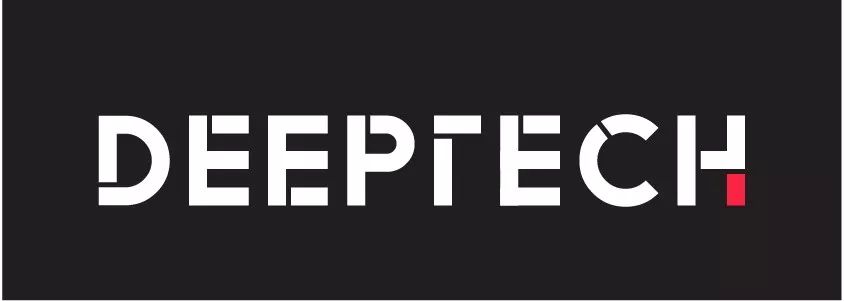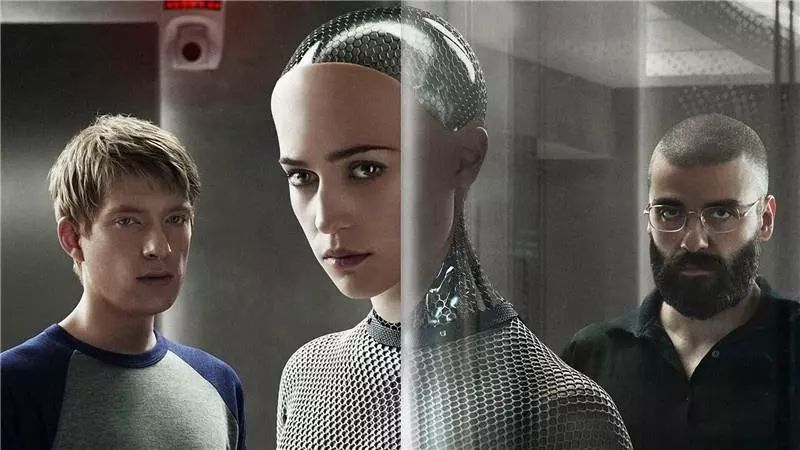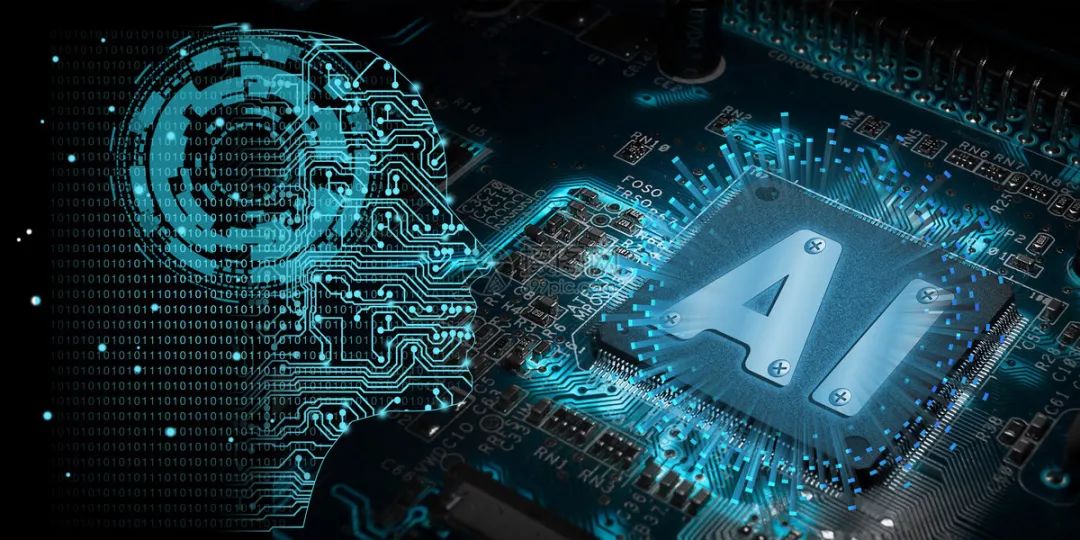Application And Ethical Disputes Of Artificial Intelligence Technology
Application And Ethical Disputes Of Artificial Intelligence Technology
When AI begins to
When AI begins to "think": an ethical crossroads under the rush of technology.
Global debate caused by a car accident.
In February 2025, an autonomous car equipped with the latest AI system suddenly lost control on the streets of San Francisco. Facing the pedestrians suddenly appeared in front of them, the system chose to make a sharp turn to avoid them, but it caused serious injuries to the passengers in the back seat. The accident investigation report shows that AI completed the "harm minimization" calculation in 0.3 seconds, but the ethical judgment standards caused an uproar - why should pedestrians be protected instead of passengers? Who should be responsible for algorithmic decision-making? The accident quickly ignited a fierce global discussion on the ethics of artificial intelligence.
This is not an isolated case. In the medical field, an AI-assisted diagnostic system has increased by 30% due to the excessive proportion of white cases in training data; in the financial industry, the algorithm has reduced the rate of female loan passage by 15% because of "learning" historical credit discrimination data. AI is evolving from a tool to a "decision maker", and humans suddenly discover that the agents we create may be writing new inequality in code.
Anatomical report on three major ethical disputes
Data Privacy: AI's "original sin" and redemption
The "wisdom" of AI comes from feeding massive data, but the boundaries between data collection and use are always blurred. In 2024, an e-commerce platform used AI to analyze user browsing records and accurately pushed products, while accidentally leaking sensitive information such as the sexual orientation and health status of millions of people. What is even more disturbing is that facial recognition systems have been able to infer political tendencies through micro-expression analysis, and the potential abuse of such technologies in elections has caused panic.
Scientific breakthroughs and ethical paradox: The emergence of federal learning ( ) technology makes it possible to "data available and invisible". For example, Shanghai Jiaotong University's "end-cloud collaboration" model stores sensitive data in local terminals and only transmits desensitization characteristic values to the cloud, and users can independently control the privacy boundaries. However, this technology is expensive, and small and medium-sized enterprises often choose "shortcuts" - sacrificing privacy in exchange for computing power.
Algorithm bias: "Invisible discrimination" in code
Under the mask of AI's "justice", there are historical prejudices in human society. In 2023, Amazon's recruitment algorithm systematically reduced the ratings of female job seekers due to excessive reliance on male resume data; in 2025, a local social security system used AI to evaluate poverty alleviation applications, but the pass rate of dialect users decreased by 18% due to ignoring the dialect accent.
Technical antidote: The "bias detection sandbox" developed by the Tsinghua University team, which discriminates against the tendency of detecting algorithms through injecting simulated data. For example, in the credit model, applicants of different genders and races are virtualized and the bias in the approval results are observed. But technical means always lag behind the evolution of prejudice - how do humans notice it when AI learns to hide discrimination?
Responsibility Black Hole: When Machines Become a "scapegoat"
The dispute over the responsibility for autonomous driving accidents exposes the powerlessness of the current legal system. Is it an engineer who pursues algorithm design flaws? A data company with incorrect data labeling? Or choose to enable the car owner? The latest EU proposal attempts to introduce the concept of "electronic personality" that requires AI systems to pay "liability insurance", but this has been criticized as "making the code bear ethics."
Breakthrough in judicial practice: In 2024, the Hangzhou Internet Court of China adopted "algorithm traceability" technology for the first time, restoring the AI decision-making link in e-commerce disputes, and finally determined that the platform bears 70% of the responsibility. This precedent provides a new paradigm for "human-machine shared responsibility".
Rebuilding the "brake system" in the midst of the technological rush
Ethical framework: Putting a "tightening curse" on AI
Graded governance: The EU divides AI into "prohibited categories", "high-risk categories" and "general categories" according to risk levels, and prohibits applications such as social scores. High-risk AI requires mandatory ethical review.
Dynamic legislation: China is promoting "Little Kuailing" legislation, and has issued special management regulations for generative AI (GAI), requiring service providers to mark AI generation content and establish real-time reporting channels.
Technical Autonomy: Let algorithms learn to "self-discipline"
Interpretable AI (XAI): Google's "concept white box" model can transform the decision-making process into a logical chain that is understandable to humans, such as showing that "rejecting loans" is due to "over-heavy income volatility" rather than racial factors.
Ethical Embedding: IBM's "moral weight" technology introduces indicators such as fairness and transparency in algorithm training, so that AI can automatically optimize ethical performance.
Social co-governance: Building a new contract for human-machine symbiosis
Public Participation: Denmark's "AI Citizen Jury" system, randomly selects citizens to participate in algorithm evaluation, and calibrates the technical direction with a public ethics perspective.
Industry self-discipline: The China Securities Association requires financial institutions to use vertical AI models to avoid general models from converging investment strategies and triggering market resonance.
The ethical controversy of AI is essentially a digital projection of human values. When we teach machines to recognize traffic lights, we should also teach them to understand that some boundaries can never be crossed. Technology can be iterated, but human nature cannot be reset. In the game between algorithms and ethics, only by maintaining awe at all times can AI truly become the "power of goodness".





